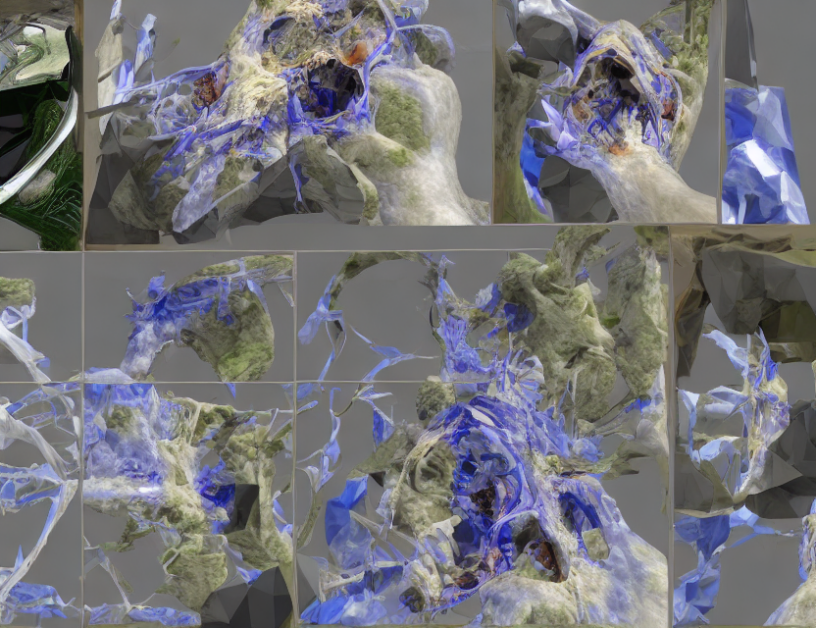In this article, the authors propose a novel approach to improve semantic segmentation of Computed Tomography (CT) scans using a multi-task learning framework. The method combines image reconstruction with semantic segmentation tasks, allowing the model to learn both tasks simultaneously. This approach helps the model to better handle complex anatomical structures and pathological features, resulting in improved segmentation accuracy.
To understand how this works, imagine you are trying to solve a puzzle with many different pieces that need to fit together perfectly. Each piece represents a specific feature of the image, such as a tumor or a bone. The puzzle is challenging because there are so many pieces and they don’t always fit neatly into place. By adding an extra piece to the puzzle (image reconstruction), the model can learn how to make the different pieces fit together better and create a more accurate image of the real thing.
The authors use a type of neural network called a U-Net to perform both tasks simultaneously. The U-Net is trained on a large dataset of CT scans, which are separated into training, validation, and testing sets. The training set helps the model learn how to solve the puzzle, while the validation set ensures that the model is not overfitting or underfitting the data.
The key innovation of this approach is the use of a regularization term to encourage the model to produce more accurate segmentations. This term is added to the loss function used to train the model, which helps the model learn how to balance the two tasks and improve its overall performance.
In summary, the authors propose a novel multi-task learning approach that combines image reconstruction with semantic segmentation tasks to improve the accuracy of CT scan analysis. By using a U-Net and adding a regularization term to the loss function, the model can learn how to solve the puzzle more effectively and produce more accurate segmentations. This approach has important implications for medical imaging applications, where accurate segmentation is crucial for diagnosis and treatment.
Electrical Engineering and Systems Science, Image and Video Processing
Improving Semantic Segmentation of CBCT Scans via Multi-task Learning and Image Reconstruction



